National Museum of African American History and Culture prepares to open in Washington, DC
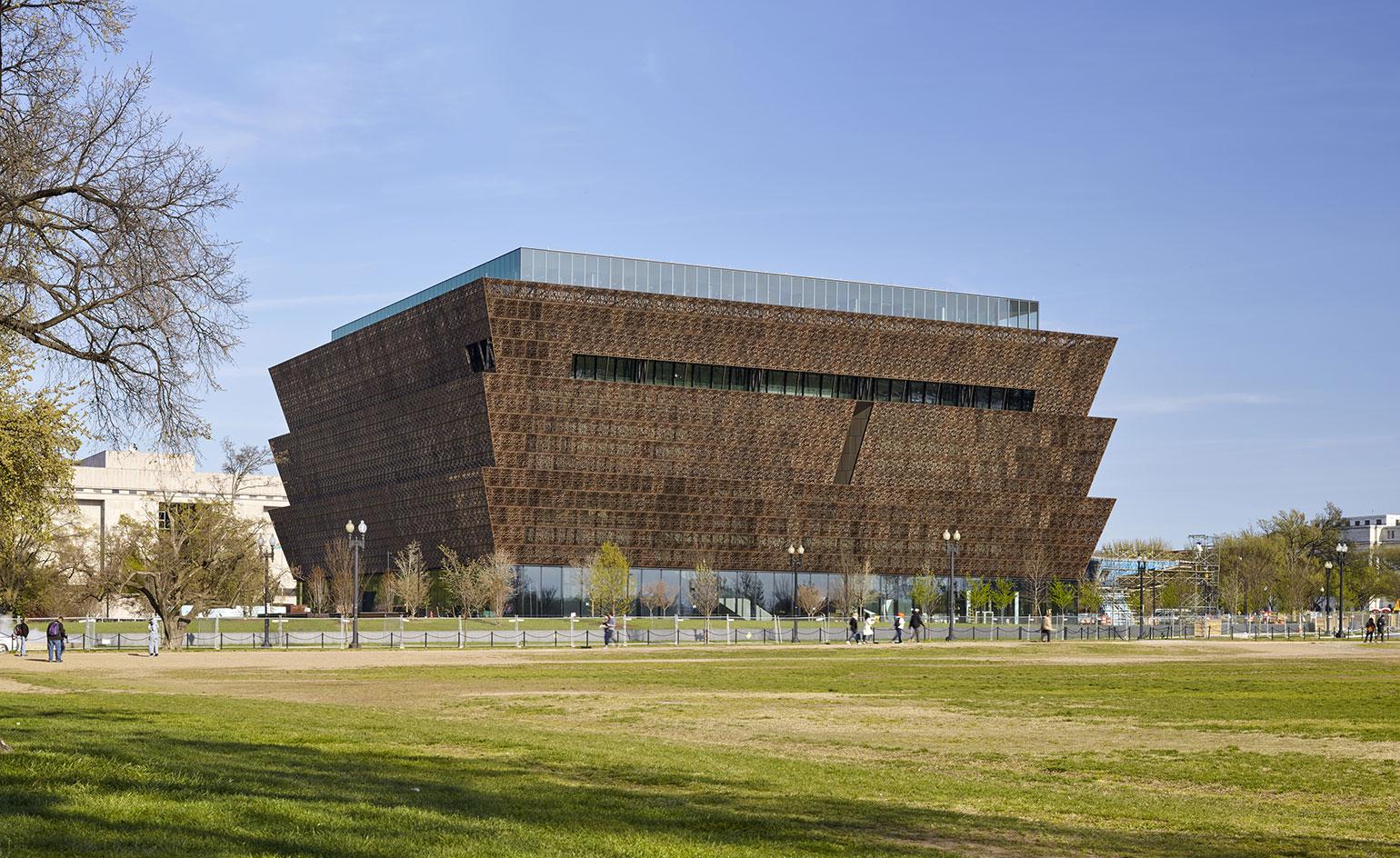
In advance of its official opening on 24 September, the National Museum of African American History and Culture (NMAAHC) in Washington, DC, held a special preview day for the press on 14 September. For most of the several hundred attendees, it was the first chance to look inside the 400,000-sq-ft building, designed by a consortium of firms helmed by David Adjaye and Philip Freelon.
Fulfilling an idea that dates back to the early 1900s, but has met political opposition along the way, the museum honors the achievements of African Americans while telling the 'unvarnished truth', in the phrasing of one curator, about their oppression. The new museum was given the last buildable spot on the National Mall, Washington’s monumental core.
At the preview, David Skorton, secretary of the Smithsonian, and Lonnie Bunch, the museum’s director, addressed a full-to-capacity house in the Oprah Winfrey Theater (the TV personality was a major donor). 'We felt it was crucial to craft a museum that would help America remember and confront its tortured racial past,' Bunch said. 'But, it also had to find the joy, the hope, the resiliency, the spirituality, that was embedded in this community. The goal was to find that tension.'
That tension plays out in the sequence of galleries. They begin underground, telling the story of slavery and struggle in dark, compressed spaces, and through exhibits such as a slave auction block, a slave cabin from South Carolina, and a shawl and hymnal that belonged to abolitionist Harriet Tubman. Switchbacking ramps and a twisting black staircase lead up to the building’s main lobby. Above this rise two more gallery levels celebrating African American culture and institutions. Here, visitors can see Chuck Berry’s cherry-red Cadillac and Muhammad Ali’s boxing gear, or explore work by black visual artists.
Wrapping the upper levels is the filigreed 'corona', the signature design element of the museum, its form inspired by the tiered crowns found in Yoruban sculpture. The corona is composed of more than 3,000 aluminum panels with a PVDF coating, and it received close attention from the architects, as well as Washington’s powerful design-review boards.
'I was obsessed with this detail,' Adjaye says. '[The coating] is the same luminosity as bronze. It reflects and absorbs light exactly the way bronze does.' On the highly symbolic national landscape of the Mall, Adjaye says, there was no option but to get it just right. 'There was an understanding that this was in the nation’s capital, it was going to be looked at by everyone and it had to be perfect.'
President Obama (who gets his own exhibit case inside) will make a dedication to the museum on the opening weekend, and The Roots and other acts will play at a free music festival. Public interest is high: passes were snapped up so quickly that the museum extended its hours and issued more. Clearly, says Freelon, 'there was a pent-up demand for this sort of cultural institution on a national scale'.
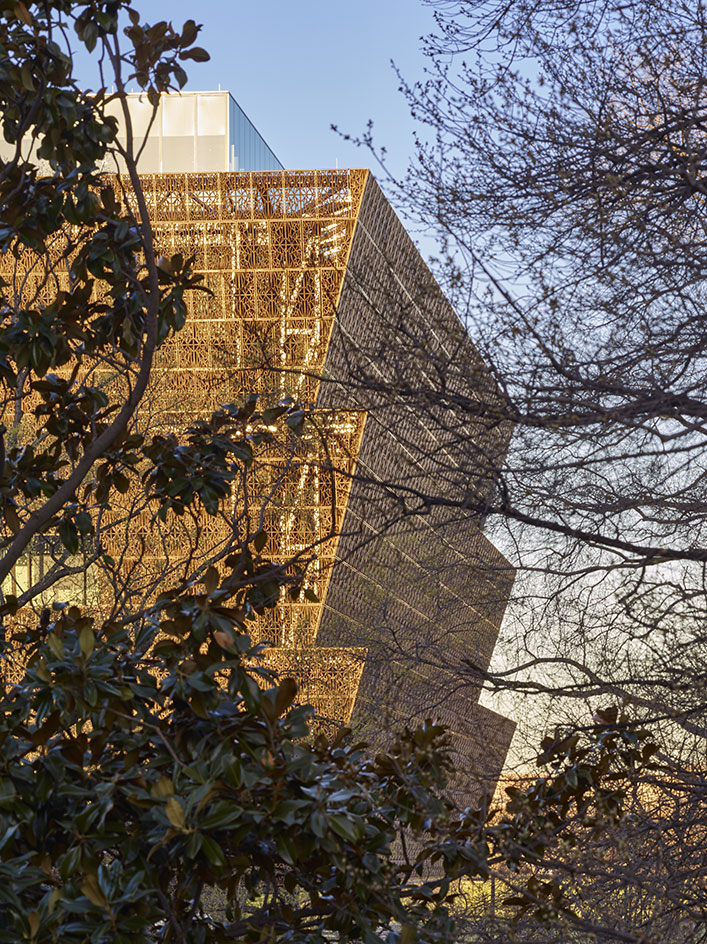
Wrapping the upper levels is a filigreed ’corona’, the signature design element of the museum, its form inspired by the tiered crowns found in Yoruban sculpture

The new museum was given the last buildable spot on the National Mall, Washington’s monumental core

Fulfilling an idea that dates back to the early 1900s, the museum honors the achievements of African Americans while telling the ’unvarnished truth’, in the phrasing of one curator, about their oppression
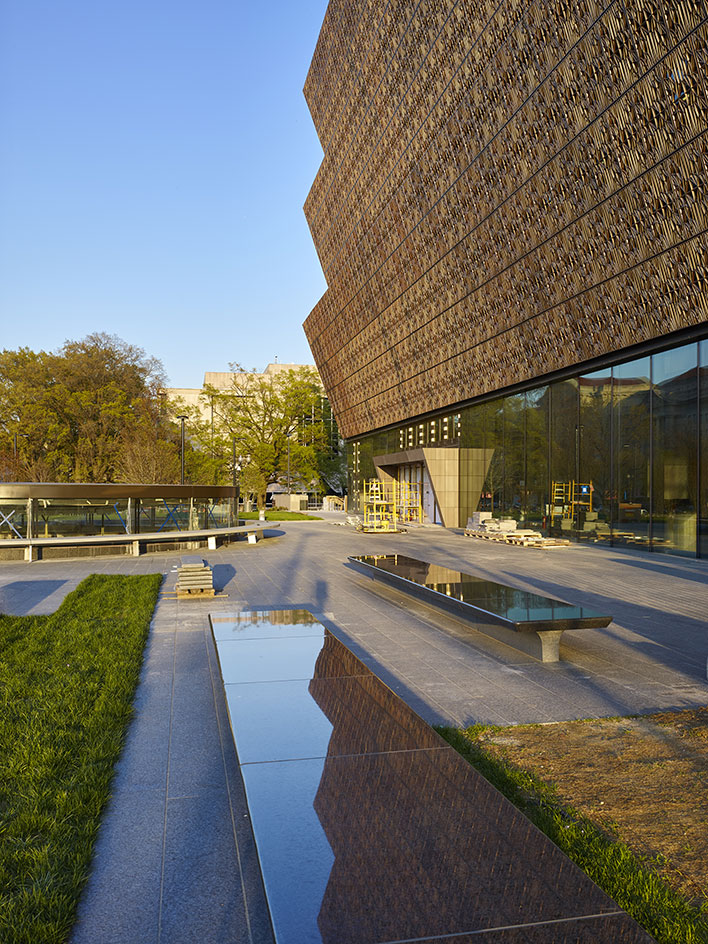
The remit of the museum was to ’help America remember and confront its tortured racial past,’ said Smithsonian director Lonnie Bunch.
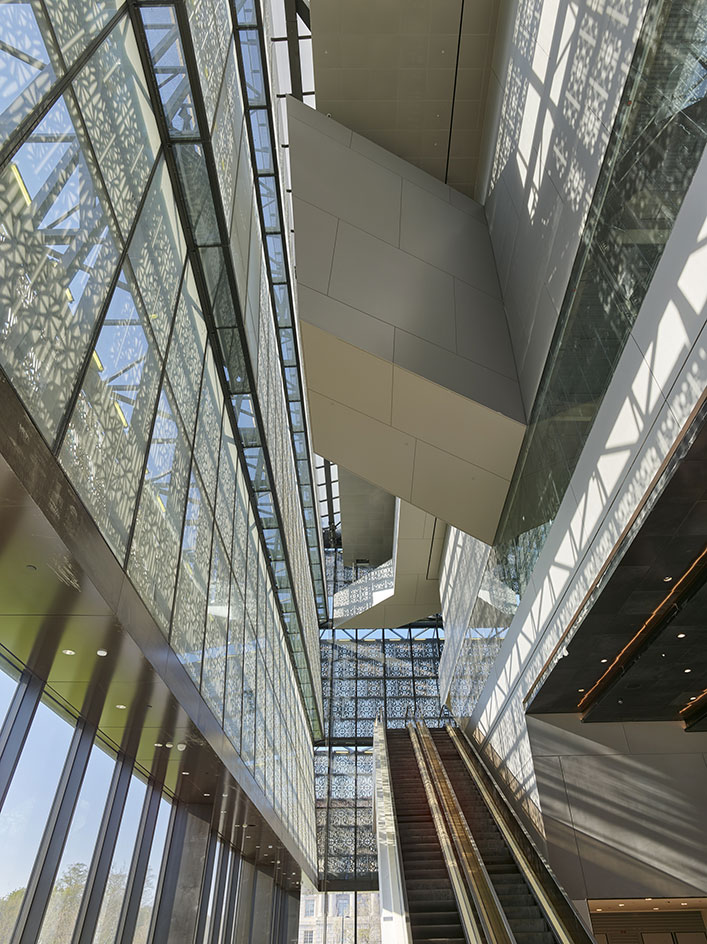
Switchbacking ramps and a twisting black staircase lead up to the building’s main lobby
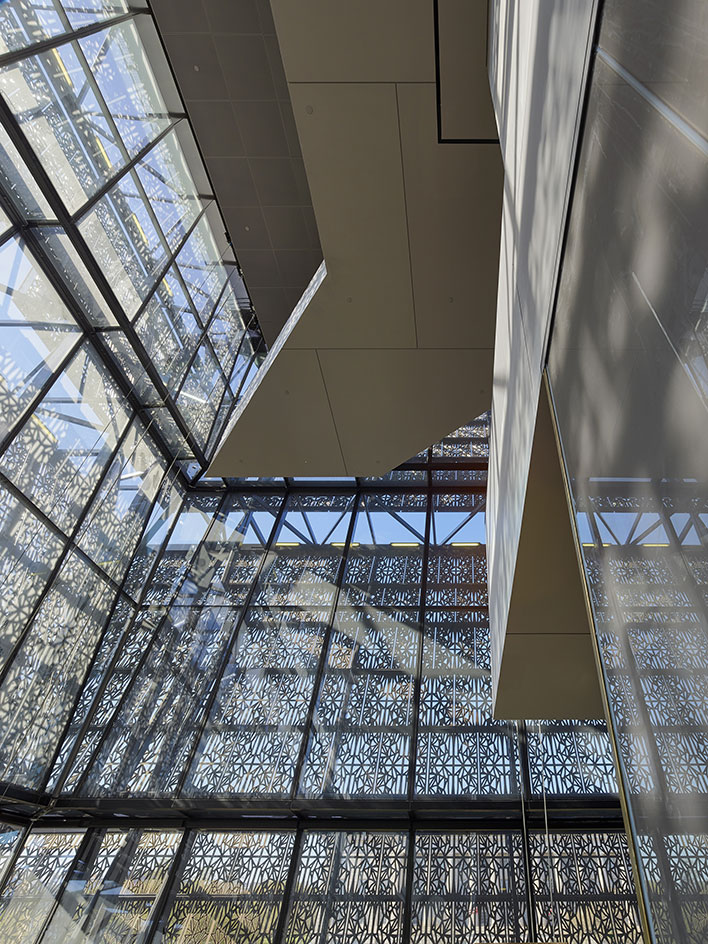
Above this rise two more gallery levels celebrating African American culture and institutions

On the highly symbolic national landscape of the Mall, Adjaye says, there was no option but to get it just right. ’There was an understanding that this was in the nation’s capital, it was going to be looked at by everyone and it had to be perfect’
INFORMATION
For more information, visit David Adjaye’s website
Photography: Alan Karchmer
Receive our daily digest of inspiration, escapism and design stories from around the world direct to your inbox.
-
 This cult Los Angeles pop-up restaurant now has a permanent address
This cult Los Angeles pop-up restaurant now has a permanent addressChef Brian Baik’s Corridor 109 makes its permanent debut in Melrose Hill. No surprise, it's now one of the hardest tables in town to book
-
 French bistro restaurant Maset channels the ease of the Mediterranean in London
French bistro restaurant Maset channels the ease of the Mediterranean in LondonThis Marylebone restaurant is shaped by the coastal flavours, materials and rhythms of southern France
-
 How ethical is Google Street View, asks Jon Rafman in Copenhagen
How ethical is Google Street View, asks Jon Rafman in CopenhagenIn 'Report a Concern - the Nine Eyes Archives' at Louisiana Museum of Art, Copenhagen, Jon Rafman considers technology's existential implications
-
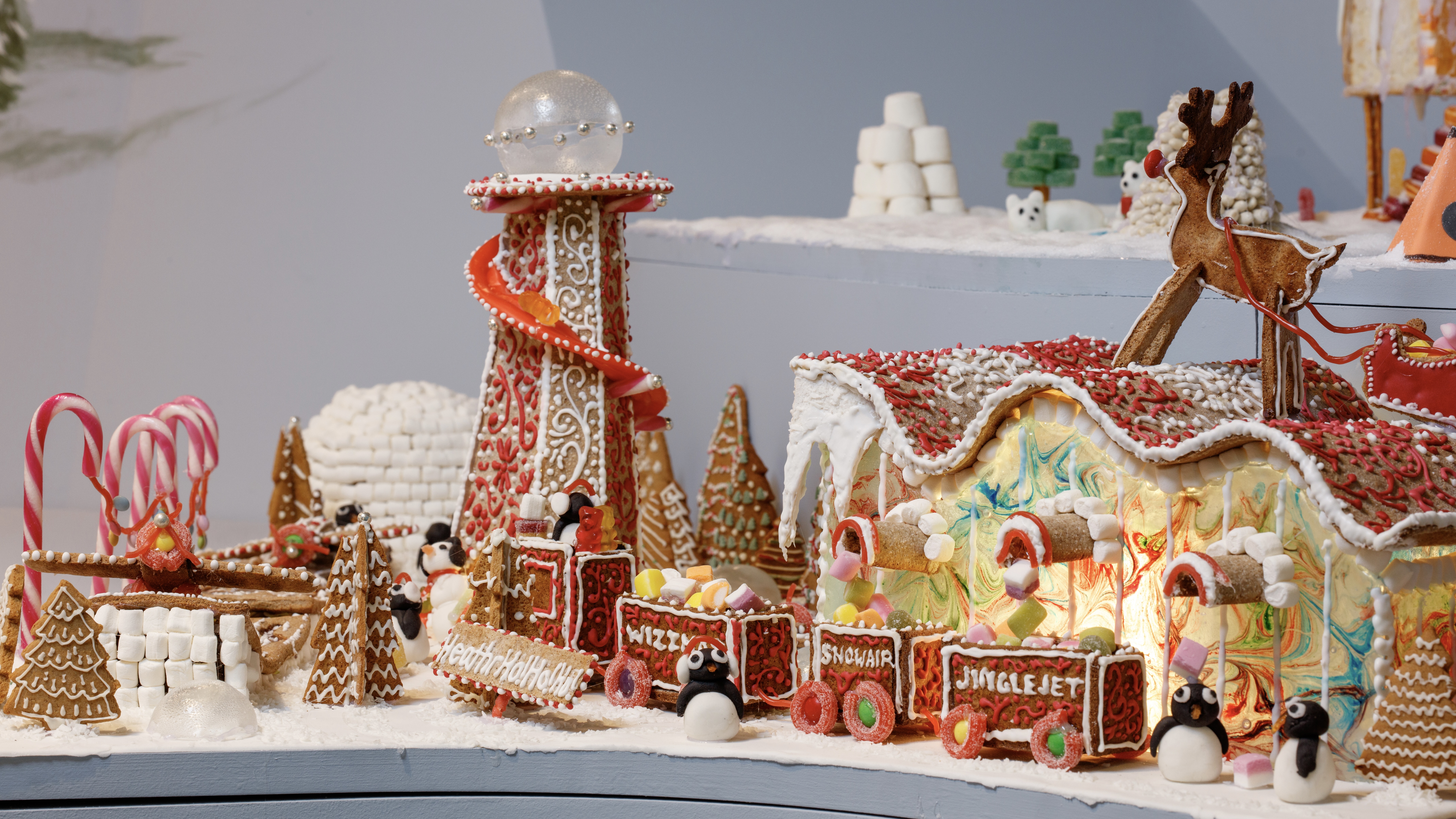 Welcome to The Gingerbread City – a baked metropolis exploring the idea of urban ‘play’
Welcome to The Gingerbread City – a baked metropolis exploring the idea of urban ‘play’The Museum of Architecture’s annual exhibition challenges professionals to construct an imaginary, interactive city entirely out of gingerbread
-
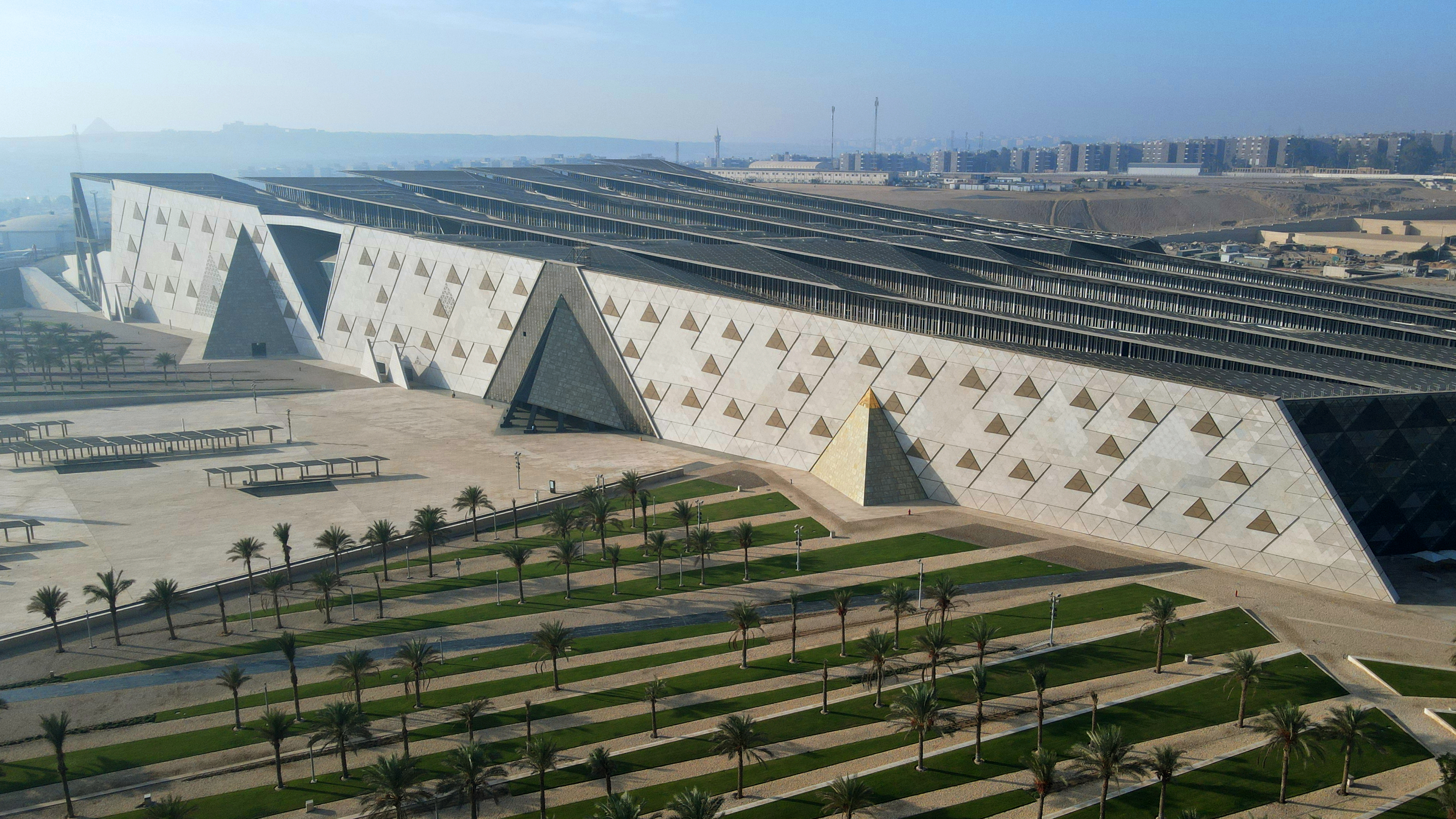 The Grand Egyptian Museum – a monumental tribute to one of humanity’s most captivating civilisations – is now complete
The Grand Egyptian Museum – a monumental tribute to one of humanity’s most captivating civilisations – is now completeDesigned by Heneghan Peng Architects, the museum stands as an architectural link between past and present on the timeless sands of Giza
-
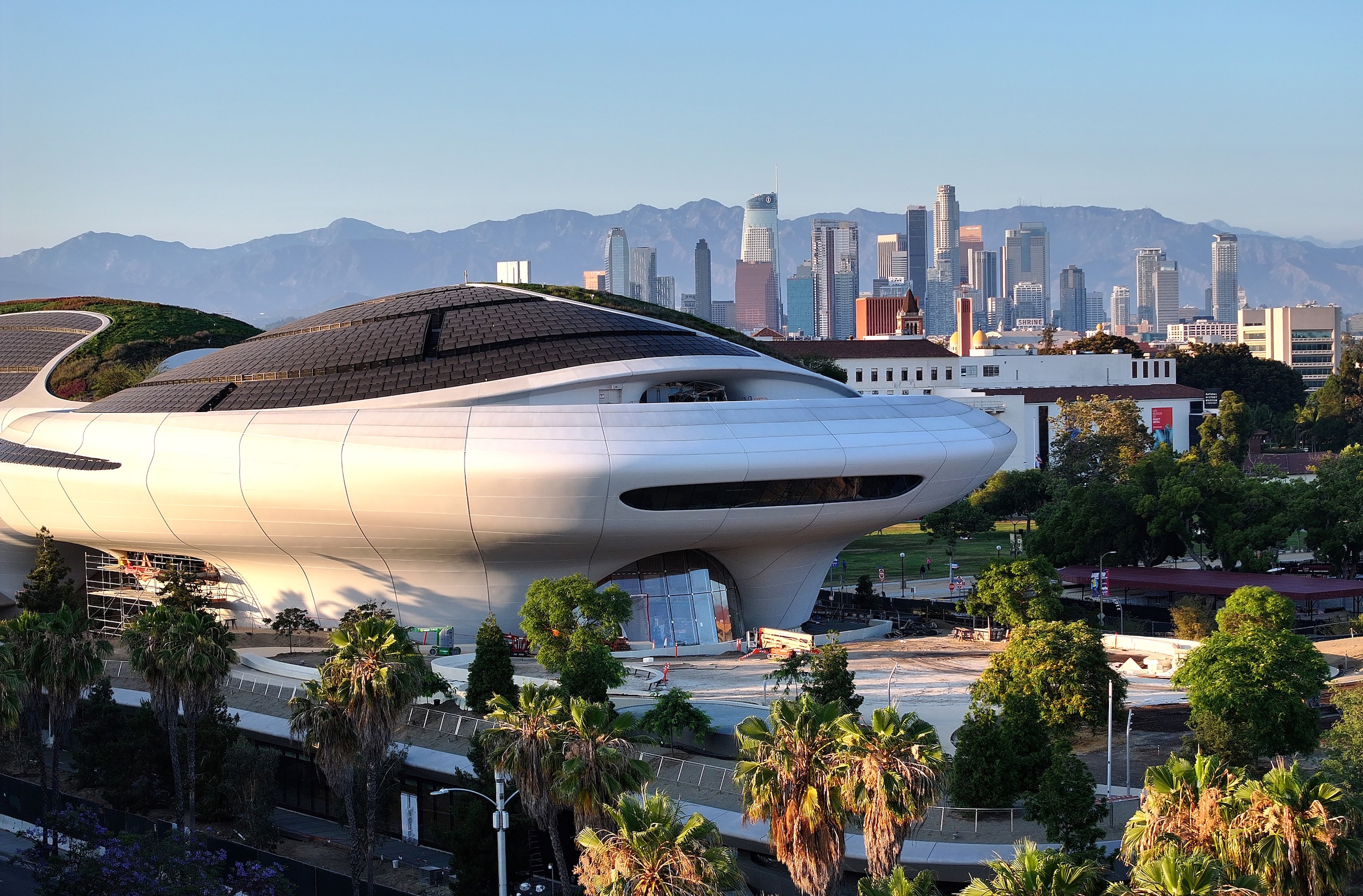 George Lucas’ otherworldly Los Angeles museum is almost finished. Here’s a sneak peek
George Lucas’ otherworldly Los Angeles museum is almost finished. Here’s a sneak peekArchitect Ma Yansong walks us through the design of the $1 billion Lucas Museum of Narrative Art, set to open early next year
-
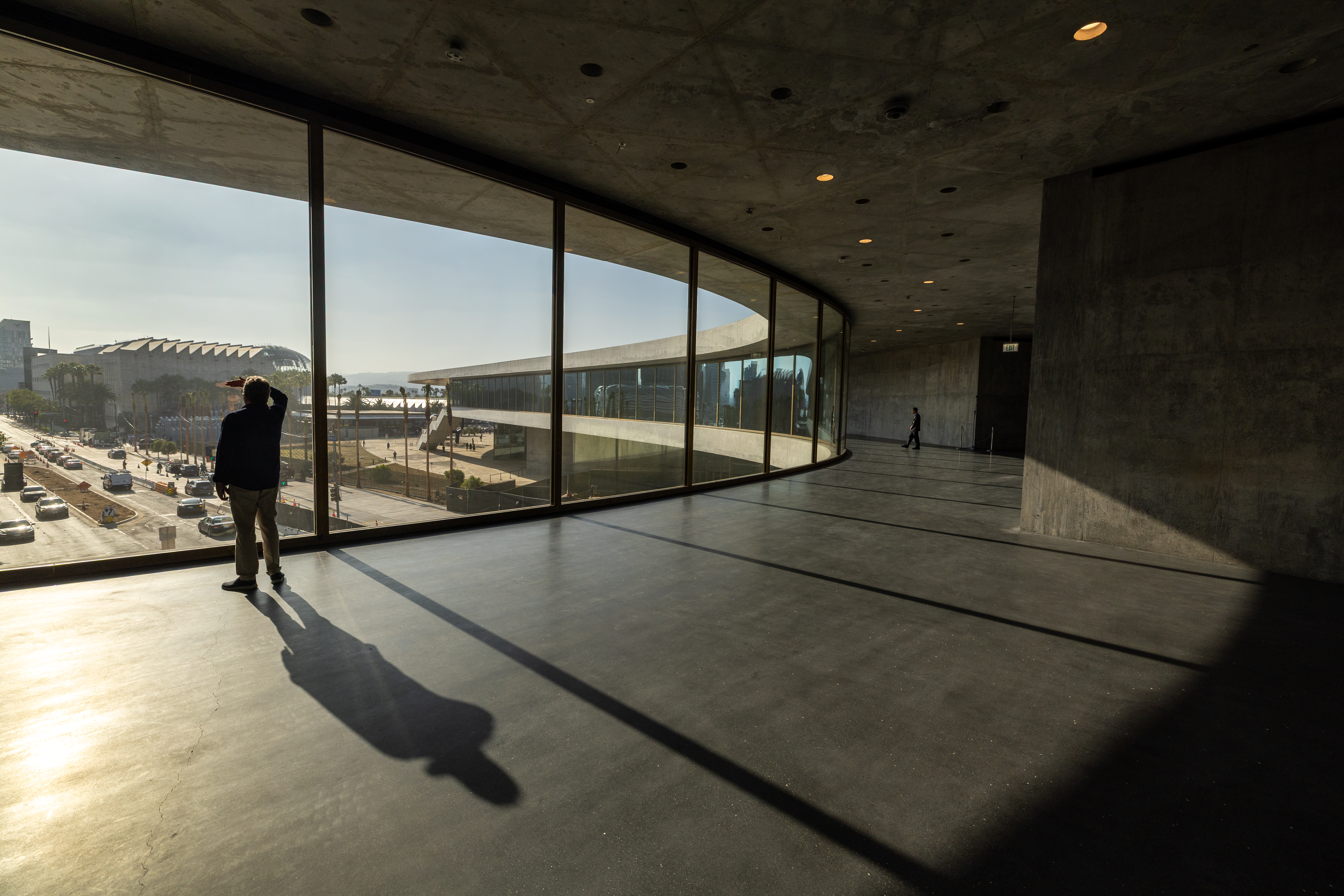 The great American museum boom
The great American museum boomNine of the world’s top ten most expensive, recently announced cultural projects are in the US. What is driving this investment, and is this statistic sustainable?
-
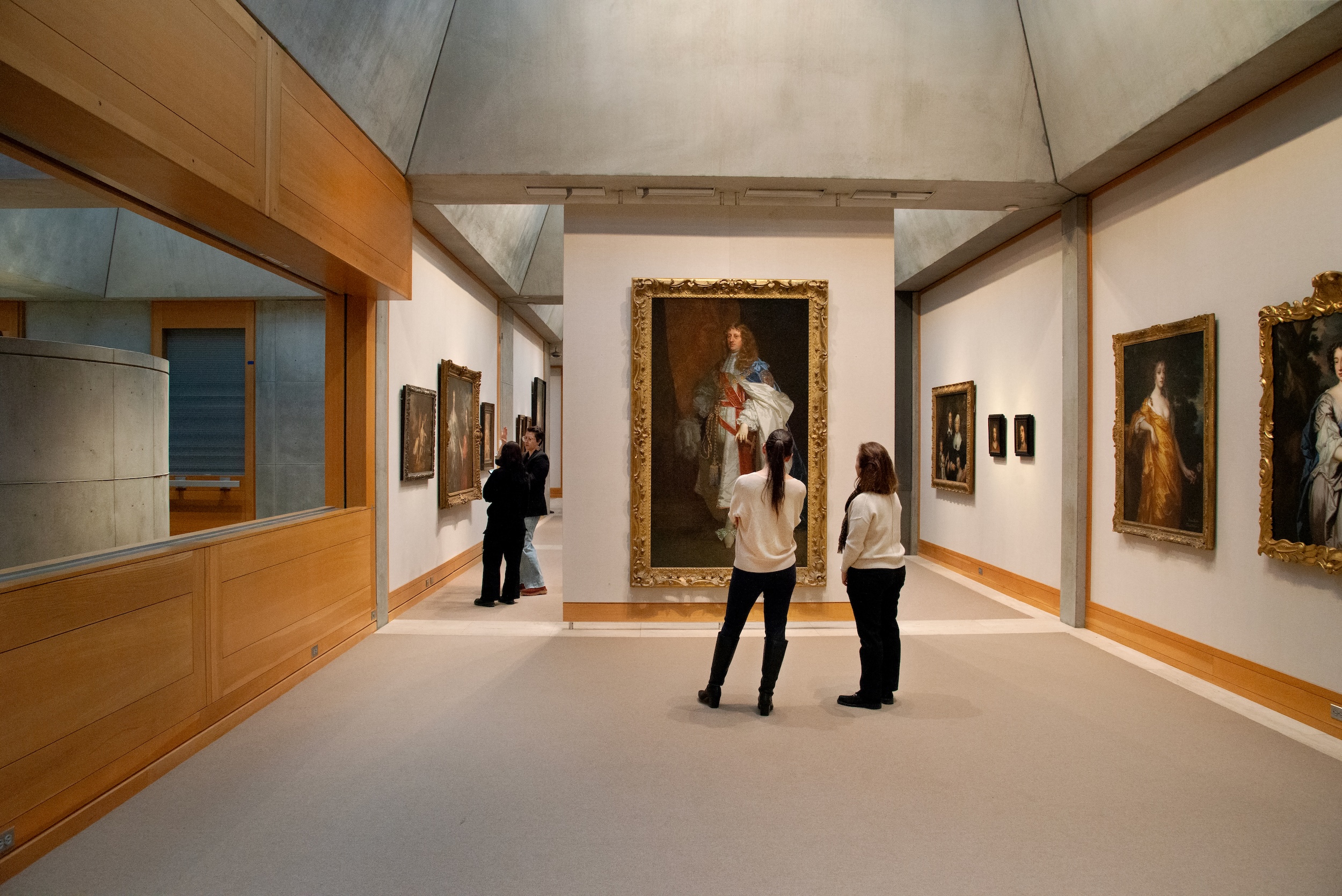 The Yale Center for British Art, Louis Kahn’s final project, glows anew after a two-year closure
The Yale Center for British Art, Louis Kahn’s final project, glows anew after a two-year closureAfter years of restoration, a modernist jewel and a treasure trove of British artwork can be seen in a whole new light
-
 You’ll soon be able to get a sneak peek inside Peter Zumthor’s LACMA expansion
You’ll soon be able to get a sneak peek inside Peter Zumthor’s LACMA expansionBut you’ll still have to wait another year for the grand opening
-
 NYC's The New Museum announces an OMA-designed extension
NYC's The New Museum announces an OMA-designed extensionOMA partners including Rem Koolhas and Shohei Shigematsu are designing a new building for Manhattan's only dedicated contemporary art museum
-
 Gulbenkian Foundation's new art centre by Kengo Kuma is light and inviting
Gulbenkian Foundation's new art centre by Kengo Kuma is light and invitingLisbon's Gulbenkian Foundation reveals its redesign and new contemporary art museum, Centro de Arte Moderna (CAM), by Kengo Kuma with landscape architects VDLA